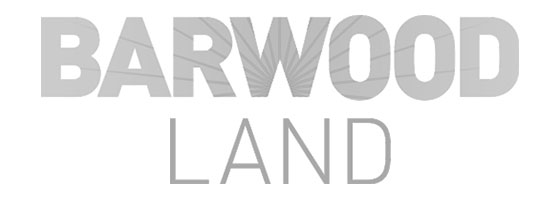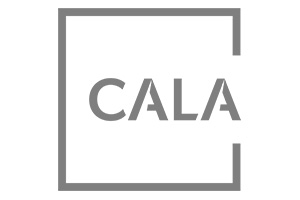Turris Investments Ltd vs Central Electricity Generating Board [1981] 1 EGLR 186
In this landmark case Turris owned a 10.8 acre site, purchased for the sum of £70,000 in July 1977, at Worsley, near Manchester. The land was affected by pylons and a 400kV line, held on a terminable wayleave.
The site came with an outline planning permission for 77 homes.
November 1977: Turris served notice on CEGB to terminate the wayleave.
March 1978: Turris received detailed planning permission for 106 dwellings, including 66 houses, 20 bungalows and 20 flats.
December 1978: CEGB applied for a compulsory purchase order which would allow them to install, repair and perform maintenance on the overhead electricity line.
September 1979: A Public Inquiry was held.
November 1979: The Compulsory Purchase Order was confirmed by the Secretary of State.
December 1979: CEGB served a formal notice of entry, with the deemed date of entry being 14 January 1980 (this became the valuation date).
Turris’ Argument
Turris claimed that the line’s continued presence would seriously reduce the land’s value, and would have an adverse impact visually and in terms of noise.
It argued that potential purchasers were likely to have concerns about radio and television interference, and expressed concern regarding CEGB’s right to gain access to the land without notice.
It claimed that retention of the line would result in a substantial reduction in dwellings for each phase of the development, and a significant increase in development costs.
December 1980: A Deed of Grant was signed between Turris and CEGB
As neither party were able to agree on a settlement figure, the case was referred to the Lands Tribunal.
May 1981: The Lands Tribunal issued their decision.
The Decision
The Tribunal accepted that the usual basis for assessing compensation should be the value of the land taken plus injurious affection. It agreed that around 3 acres of the land (below the line and just next to it) were seriously affected by the line, and that the value of this land was likely to have reduced by 12.5%. However, it ruled that the land further away from the line (amounting to 6.6 acres) had reduced in value by only 3% due to ‘visual affection’. An 8% discount for injurious affection was awarded for the houses that had already been built.
The Tribunal’s final ruling acknowledged that the line’s visual intrusiveness, concerns about the effects of electromagnetic radiation, and noise from the corona discharge were all contributory factors towards injurious affection.











